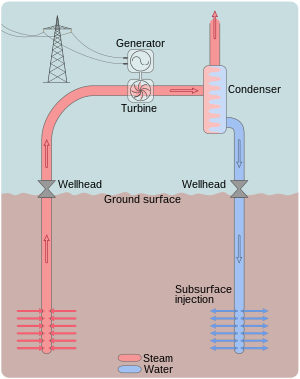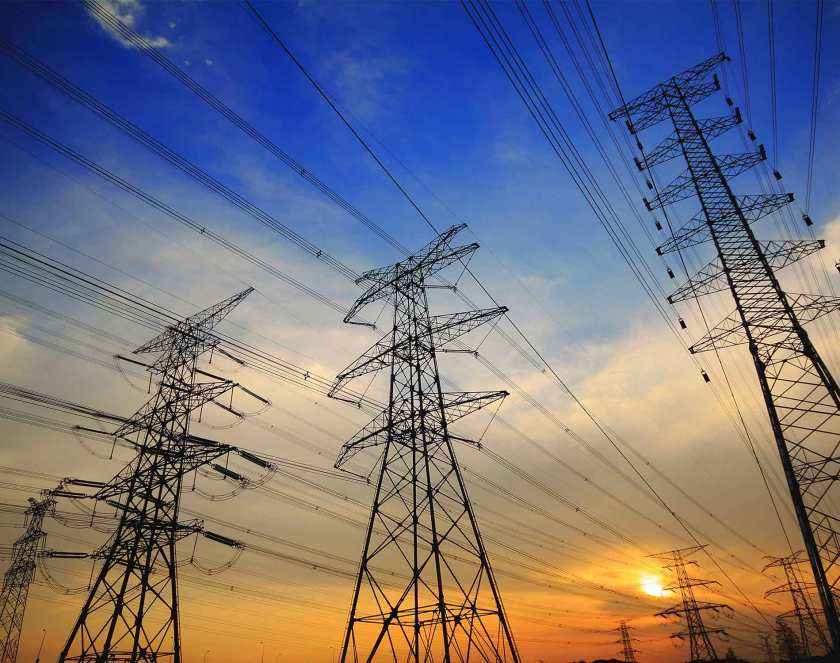Solar energy is radiant light and heat from the Sun with the use of technologies such as solar thermal collector, photo voltaic, solar thermal energy, solar panel technology and artificial photosynthesis.
It is an important source of renewable energy and its technologies are broadly characterized as either passive solar or active solar depending on the distributed solar energy that is converted into solar power;
Active solar techniques include the use of photo voltaic systems, concentrated solar power and solar water heating to harness the energy.
Passive solar techniques include orienting a building to the Sun, selecting materials with favorable thermal mass or light-dispersing properties, and designing spaces that naturally circulate air. The large magnitude of solar energy available makes it a highly appealing source of electricity.
Solar thermal collector collects heat by absorbing sunlight. A collector is a device for capturing solar radiation. Solar radiation is energy in the form of electromagnetic radiation from the infrared (long) to the ultraviolet (short) wavelengths. The quantity of solar energy striking the Earth’s surface (solar constant) averages about 1,000 watts per square meter under clear skies, depending upon weather conditions, location and orientation.

The term “solar collector” commonly refers to solar hot water panels, but may refer to installations such as solar parabolic troughs and solar towers; or basic installations such as solar air heaters. Concentrated solar power plants usually use the more complex collectors to generate electricity by heating a fluid to drive a turbine connected to an electrical generator. Simple collectors are typically used in residential and commercial buildings for space heating.
Photovoltaics (PV) covers the conversion of light into electricity using semiconducting materials that exhibit the photo voltaic effect, a phenomenon studied in physics, photochemistry, and electrochemistry.
A typical photovoltaic system employs solar panels, each comprising a number of solar cells, which generate electrical power. The first step is the photoelectric effect followed by an electrochemical process where crystallized atoms, ionized in a series, generate an electric current. PV Installations may be ground-mounted, rooftop mounted or wall mounted.
Solar PV generates no pollution. The direct conversion of sunlight to electricity occurs without any moving parts. Photo voltaic systems have been used for fifty years in specialized applications, standalone and grid-connected PV systems have been in use for more than twenty years. They were first mass-produced in 2000, when German environmentalists and the Euro solar organization got government funding for a ten thousand roof program.
that, in the national grid for example, this power has to be made up by other power sources: hydrocarbon, nuclear, hydroelectric or wind energy.
Advances in technology and increased manufacturing scale have reduced the cost, increased the reliability, and increased the efficiency of photo voltaic installations and the levelised cost of electricity from PV is competitive, on a kilowatt/ hour basis, with conventional electricity sources in an expanding list of geographic regions.
With current technology (as of 2013), photo voltaics recoups the energy needed to manufacture them in 1.5 years in Southern Europe and 2.5 years in Northern Europe.
Germany remains the world’s largest producer (both in per capital and absolute terms), with solar PV providing seven percent of annual domestic electricity consumption.

Sources:
https://en.wikipedia.org/wiki/Solar_energy
https://en.wikipedia.org/wiki/Solar_thermal_collector
https://en.wikipedia.org/wiki/Photovoltaics
If you had a questions? You can follow us in our social media accounts!
Gmail Account: munalotolorelina@gmail.com
Facebook Accounts: manalotolorellyn@yahoo.com gelgel_mungcal@yahoo.com
Twitter Account: @wilhellina




























